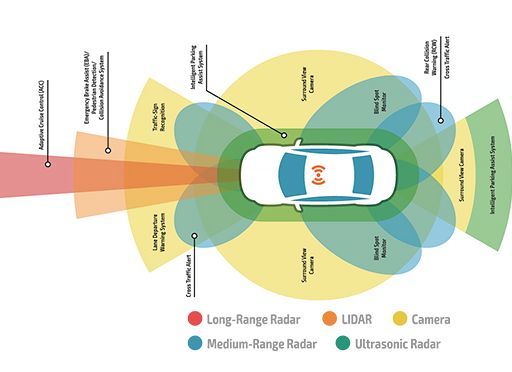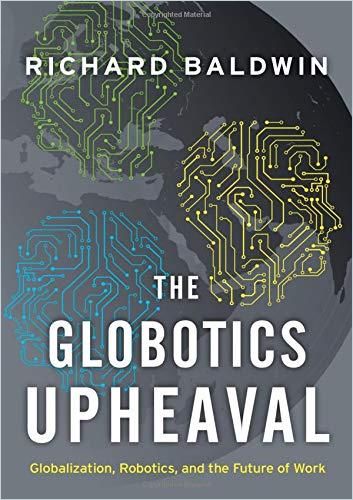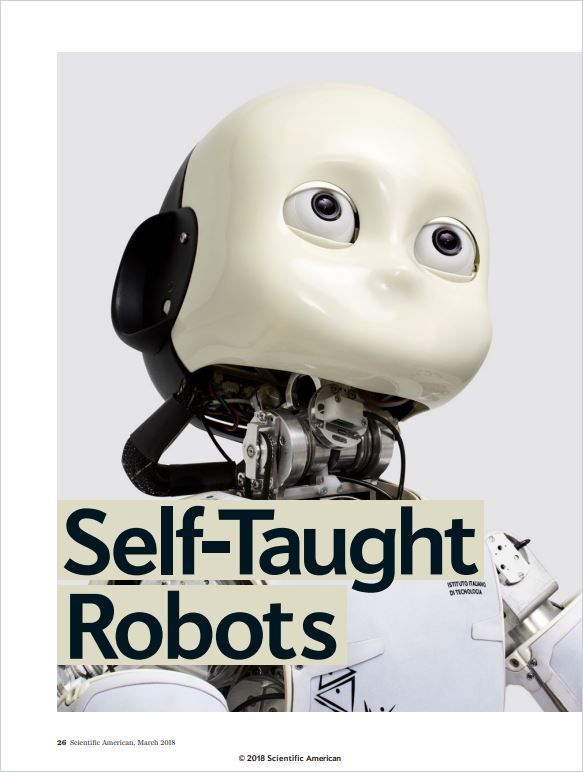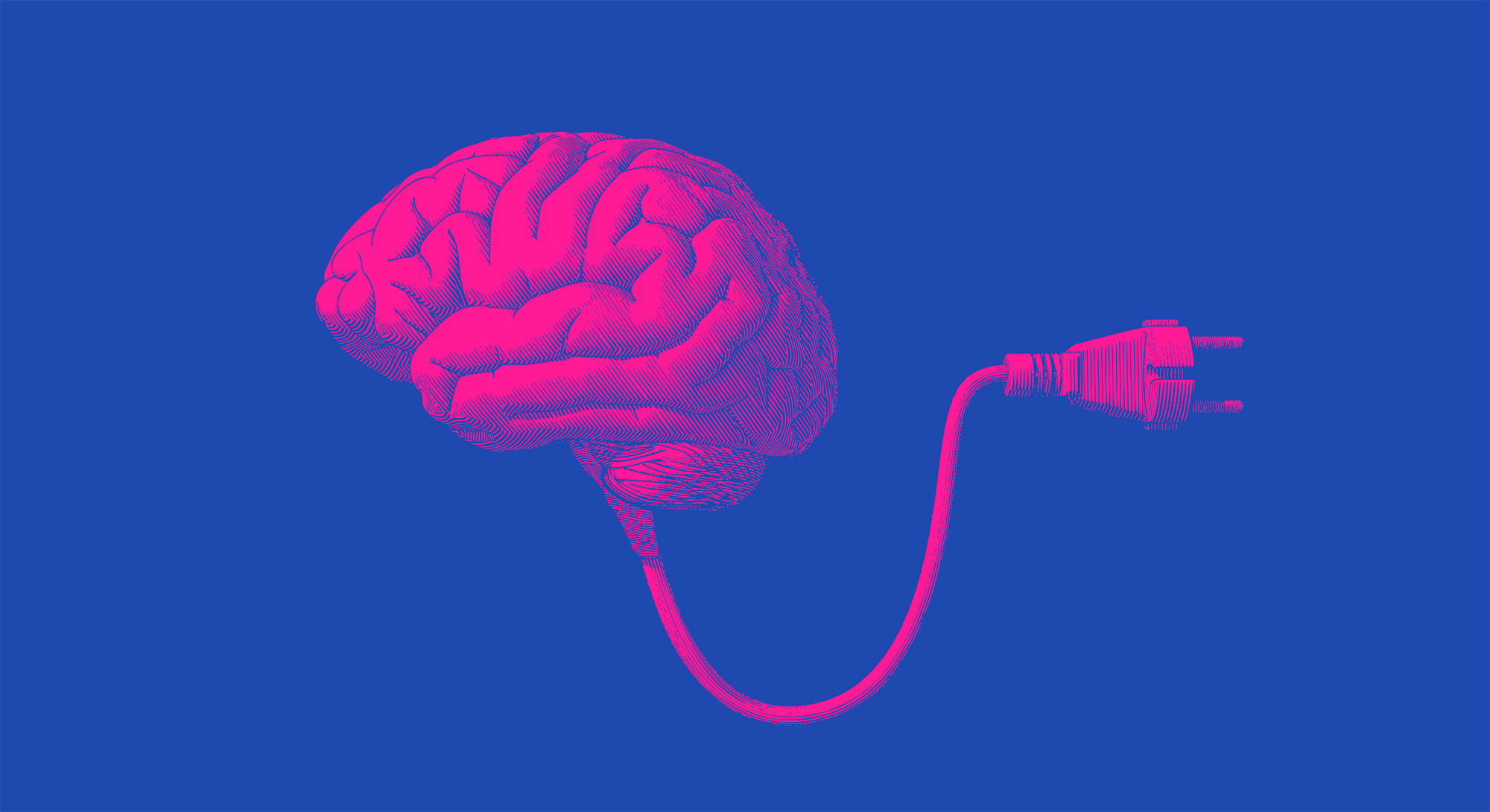All About AI – Part 3: Robots, Robots, Robots
Self-Driving Cars
Picture an autonomous car. Its cameras, laser scanners and ultrasonic sensors enable the car to perceive its surroundings. It uses that data to build a model of the world and then it starts acting: It steers, accelerates and brakes while following the road. It can superimpose a map and navigate to a destination with no human driver required. You just get in and enjoy the ride, take a nap or get some work done while you commute.
Well…we’re not there yet. Current technology only gets to a certain level of autonomy under real-world conditions. Some events – like a snowstorm – pose serious challenges that it cannot yet master. But we’ll get there. And a higher-level autonomy might just be a software patch away. In fact, it’s the algorithms at the heart (!) of every robot that define its capabilities.

Your Friendly Neighbor R2-D2?
Robots come in all kinds of shapes, like the shape of a car. Sometimes they are humanoid, sometimes not at all. Robots are rarely likeable whistling tin cans that decide interstellar wars on the big screen. Think more of the form your robot vacuum cleaner takes, or the lawnmower bot, or vending machine in the airport that prepares you a “fresh” pizza.
Usually, these types of robot are designed for a purpose, so a robot that speeds through a warehouse moving palettes around, or a robot that assembles some products, may need a set of strong arms for that, but certainly no happy face. It’s very different when it comes to robots that mingle with humans in public spaces. Their “lives” may depend on people being kind to them – so they need to appear friendly.

So, how will you get along with the new AI-powered staff at the restaurant, hospital or hotel? The company Savioke created robots that are used in hotels. They can deliver small items to guests. Forgot your toothbrush? No problem, a bot can bring it to your room. It may not be able to take the stairs (for a lack of legs) but it can roll to the lift and get to the right floor, the right door, call you on your phone and once you open your door, voila, there’s your toothbrush. Beep!
When working in the factory or helping with the cleaning at home, your robot wouldn’t need to talk much. Maybe for the better. But imagine if it could. Well, talking isn’t the problem, really. Not even listening. But comprehending what you’re saying – that’s a huge challenge. Let’s talk about Natural Language Processing (NLP) in Part 4 of this series – coming soon!







